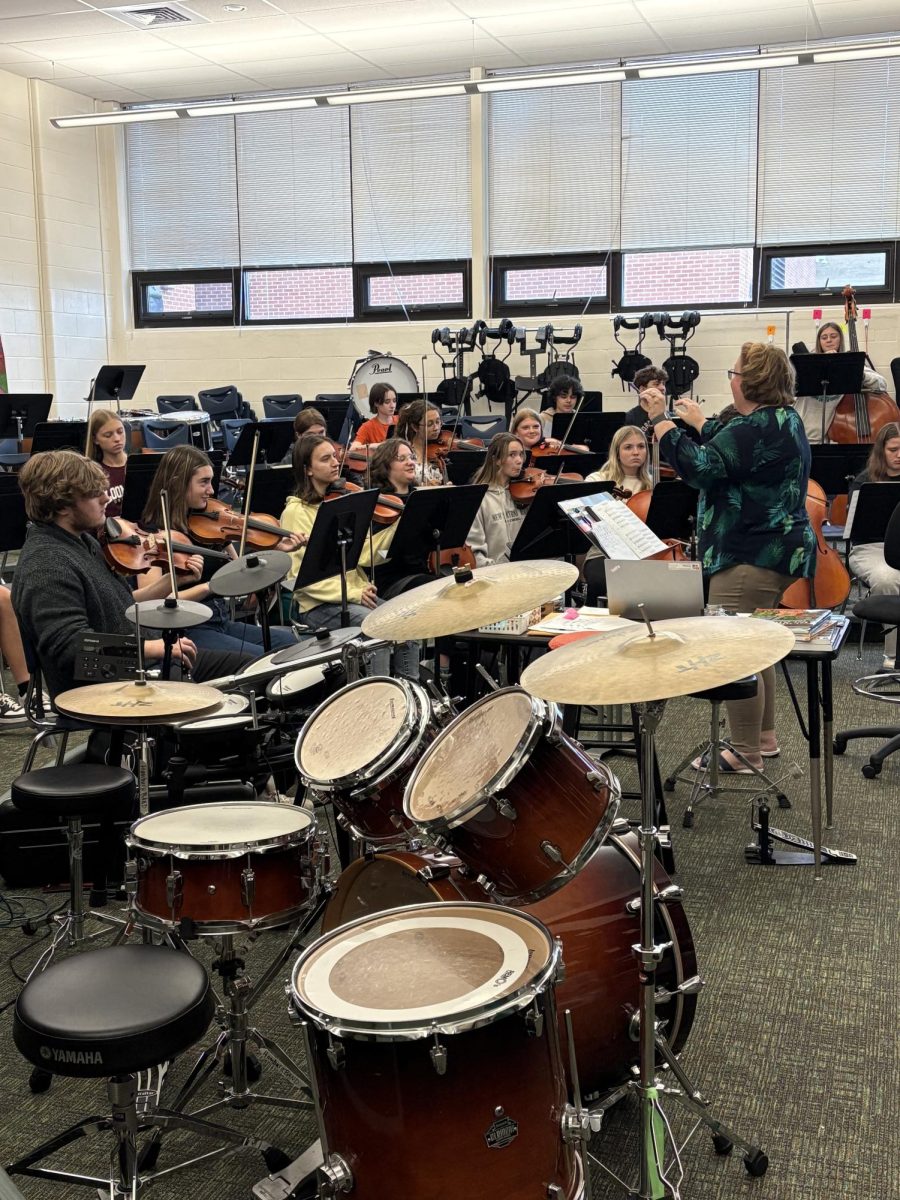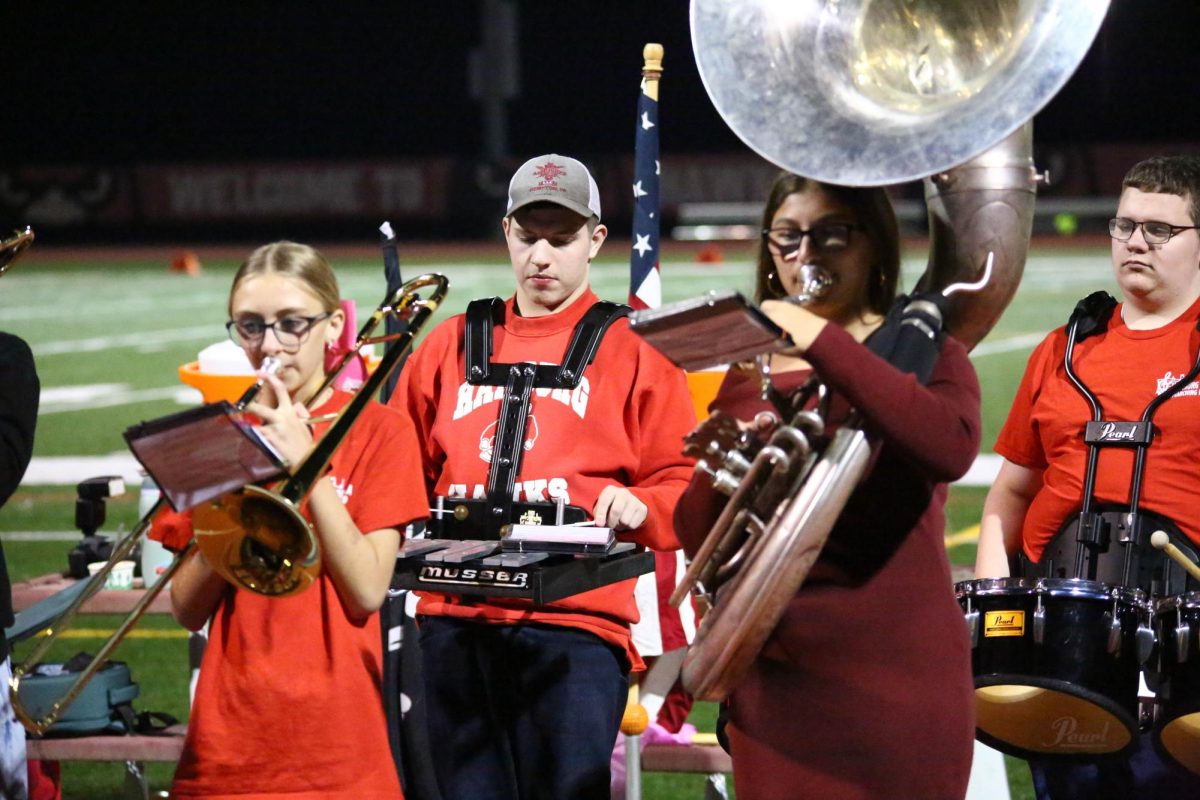Joshua Castro – 11
It is easy to forget how every school community is different in its form and structure. For example, compared to the high school, a school in a city might offer fewer sports due to lacking a field, shifting the focus from athletics to technology. Differences in the educational and social environment are why new students often have difficulty embracing a new school. However, one student has adapted quickly to his new environment and responsibilities despite coming from a place with different backgrounds and customs. A German exchange student, Laurin Eichler, has proven himself to be an exemplary student and strong soccer player within the school. His initiative is commendable, but it is important to note that his new school is starkly different to his school in Germany.
In Germany, school was a 10 minute bike commute for Laurin, and transportation mostly consisted of walking, biking, and taking the subway. The school day typically started at 7:55 AM, finished at 1:00 PM, and he occasionally attended school on Sunday afternoons, ending at 3:30 PM. Compared to the high school’s regular day routine, his schedule was shorter on weekdays, lasting an estimated five hours compared to Hamburg High School’s roughly seven hour schedule. However, the shorter school times meant he and most other students ate lunch at home instead of school. Moreover, like the school’s FLEX period, he often had time to recharge or catch up on work. “In Germany we have breaks throughout the day, so, after second and fourth period, we have 50 minutes of break time,” said Laurin.
Though German school may sound easy, Laurin believes there are major differences in the workloads of both schools. For instance, he finds that German education values students working independently and gives out more homework due to having higher expectations. In Germany, he was part of the Gymnasium, a secondary school which is known for challenging students through learning personalization and teaching them interpersonal skills as stated by Study In Germany, a resource for those curious about the country’s school system. The extra difficulty did not discourage him, however, as he liked the German education system better.
Sports are also an area of division between Laurin’s German school and the high school. While the high school integrates classes and athletics by making students join teams and practice every day, his old school put students into sports clubs and only made them train twice a week. “…here in the US you have practice everyday when you play at school, and that’s different because I usually have just two practices a week [in Germany],” explained Laurin.
Laurin’s experiences within Germany’s education system offers a unique look at alternative learning with different schedules and priorities to that of the Hamburg Area High School. His ability to adjust to America’s school system is related to his past learning experience there, and his opinion of HAHS has been more than positive. As he continues to live here, students should wish him the best of luck on his school and athletic endeavors.
For more information about Germany’s education system, visit www.studying-in-germany.org/.






























